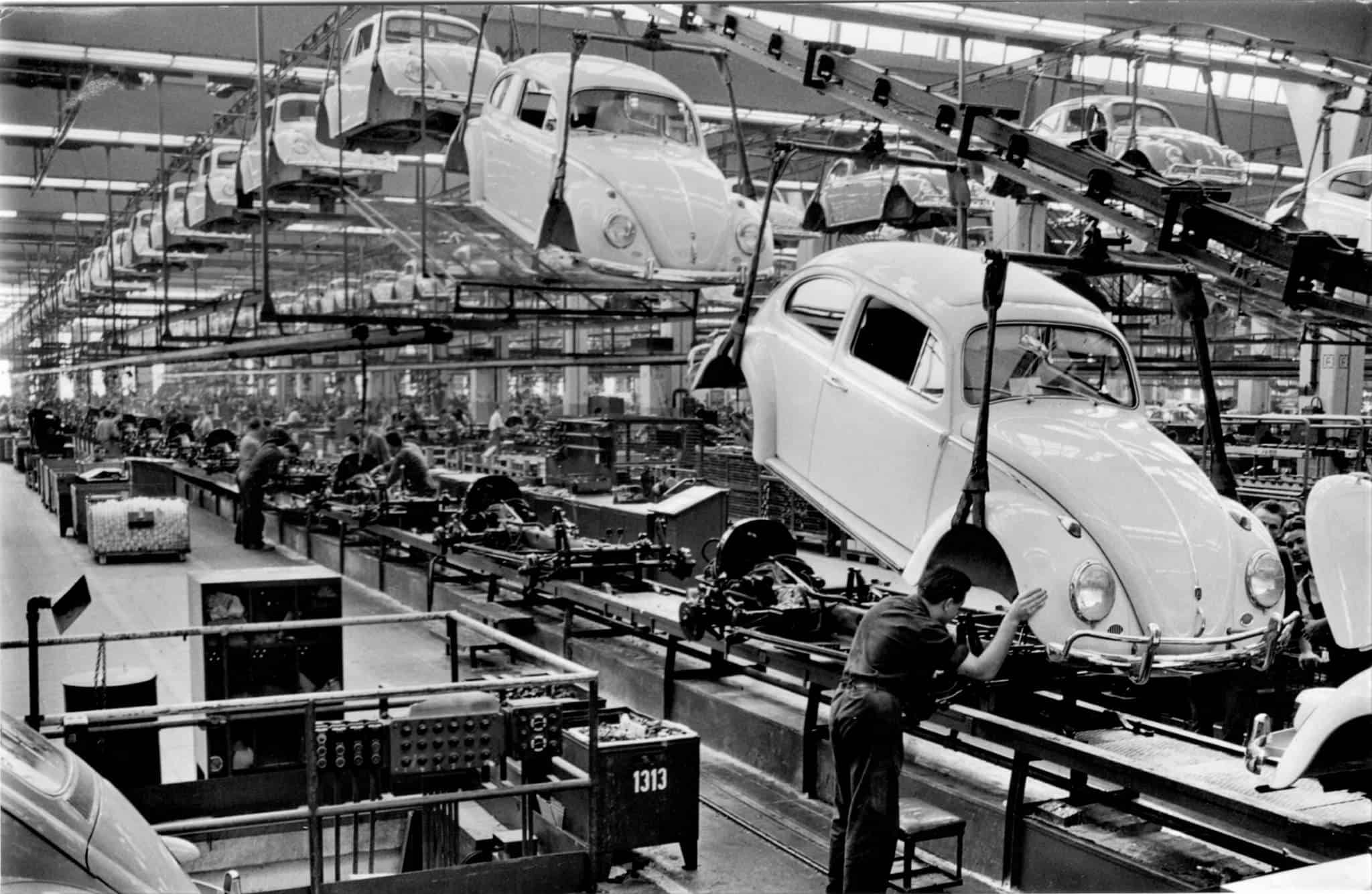The demands on modern IT organizations are increasing at a rate faster than ever before. Initiatives to “go digital” abound. There is a mounting pressure to be a service provider to internal clients, making it easier for employees and customers to consume a wider range of IT tools on demand and under budget. This burgeoning IT-as-a-service modality is driving requirements to lower costs, increase agility and reduce risk.
A common foundational approach to meeting these growing demands is global IT infrastructure equipment standards. While equipment standards can benefit many areas of your business, this post deals with IT infrastructure (switches and routers, servers and storage arrays, cables and PDUs, etc.). “Global” here means in relation to your enterprise, not necessarily the world. In some organizations, global may also mean worldwide, but you do not need to be leading a multinational corporation for global standards to benefit you.
Deliberately and thoughtfully creating, implementing and revising global standards over time is one of the best ways to set your IT organization up for immediate and ongoing success. Such standards create consistency, predictability, efficiency and performance reliability throughout your business. This is not done without risk, however. Like anything else, standards are only as good as the process used to develop them.
Global Standards Can Benefit Your Business
Cheaper is not always better, especially when it comes to the infrastructure upon which your organization relies. Lowering cost responsibly, however, is possible by employing global equipment standards. One natural result of standardizing a set of preapproved devices is that more of those devices are purchased. This puts the buyer in a stronger negotiating position, which often leads to a lower per-unit cost and additional concessions from the manufacturer, such as additional training, enhanced support and custom solutions or features.
Cost can also be lowered in the long run. When each functional role is filled by one or two standard devices, fewer spare devices are needed overall. Global equipment standards can also help eliminate rising costs through operational simplicity. Operational expenditures are often centered on staffing costs. Operational simplicity lowers the time required to complete tasks. Faster installs and quicker troubleshooting require less staff support to operate a standardized IT infrastructure.
In today’s fast-paced and ever-accelerating business world, technology must not only meet current needs, but it must also facilitate growth and agility across the entire organization. Growing businesses are almost constantly adding new personnel, new branch offices, new racks or pods within those facilities, etc. Global equipment standards facilitate faster output by making new location implementation a repeatable process that is less prone to error. Also, they increase innovation velocity in at least two ways: Having a common platform with uniform features, capabilities and interfaces would allow innovators to focus on developing new systems rather than mitigating the old ones. Likewise, the operational simplicity of a standardized architecture provides employees with more time to think about innovation instead of managing unnecessary complexity.
A global equipment standard is created and agreed upon once. This provides the opportunity to apply much more rigor to the design process than when making ad hoc decisions on the fly in a case-by-case or location-by-location approach, which also reduces risk. For example, a global equipment standard greatly minimizes — or even eliminates — the risk of interoperability challenges by testing for them long before deployment. Perhaps even more importantly, a single global standard ensures a consistent set of security features, which allows a common security posture across all locations.
Set Your Standards Up For Success With These Best Practices
To take advantage of global equipment standards while avoiding any potential pitfalls, the process is key.
The dark side of buying power is the risk of “vendor lock-in.” Leverage is required to negotiate well and should never be given up lightly. Don’t use a single manufacturer for everything. Implement a standardized multivendor architecture; maintaining buying relationships with more than one manufacturer maintains leverage on all of them. Avoid proprietary protocols and solutions. An open, standards-based architecture provides flexibility. Build relationships with trusted partners and always do business with companies committed to your long-term success.
Another potential risk is that an overly strict or unresponsive standard will reduce flexibility and stifle innovation. A solid standard should be crafted to provide the needed flexibility while also being able to economize scale and other benefits. A standard should never be forever and should always be open to change as new products and technologies are introduced and as new requirements are uncovered. A recurring time should be selected to examine and evaluate the equipment standards.
Something else to consider is internal politics. No one likes being told what to do, and equipment standards are no different. The design process needs to be inclusive, both to accurately reflect the needs of the enterprise and to facilitate a relationship where everyone involved buys in.
Make The Decision That’s Best For Your IT Department And Business
Don’t be fooled. It’s natural to shy away from the time and effort required to create, review and build a buy-in mentality around a properly rigorous standard. It may seem easier to play it by ear or shoot from the hip as issues arise.
However, in the vast majority of cases, a properly crafted and applied global standard is one of the best tools IT executives can use to set their organization up for success.
This post originally appeared on Forbes.com






